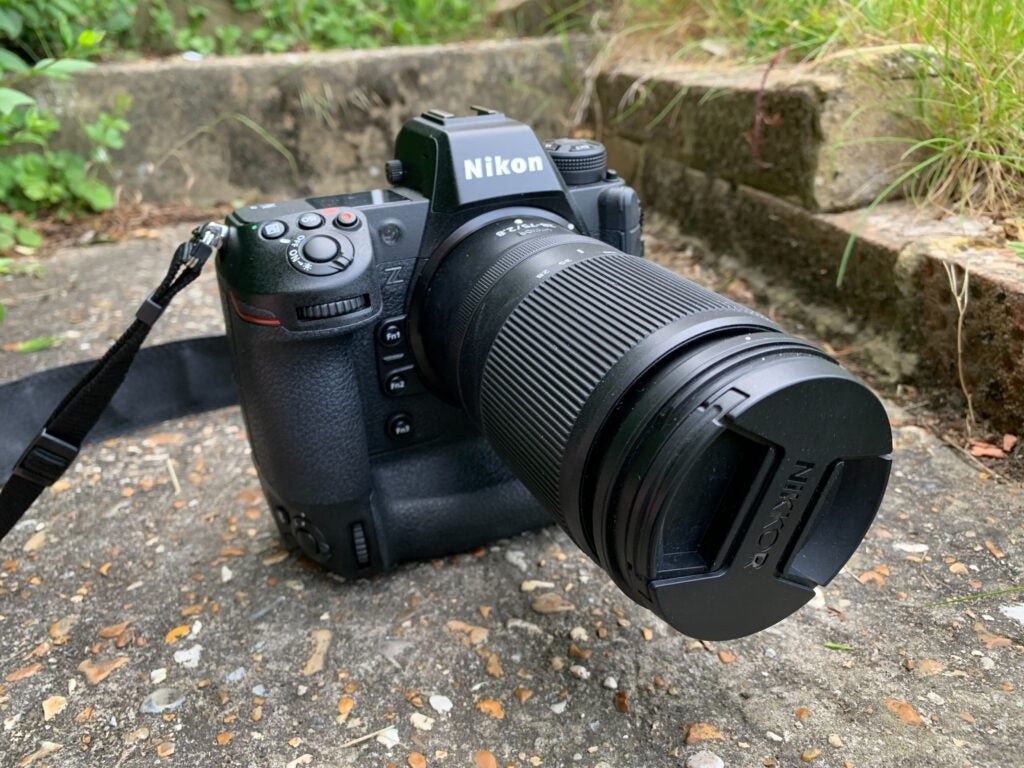Nikon recently announced the third update to its mid-range mirrorless camera, the Nikon Z6 III.
The camera carries many of the same features found on the flagship Nikon Z9 for a significantly lower price. However, the company has made some compromises to get there.
Keep reading to learn more about how these two full-frame Nikon cameras compare.
The Nikon Z6 III is more compact
Perhaps the biggest drawback to the Nikon Z9 is how large and heavy the camera is. Nikon introduced the Z8 as a more compact version, but the Nikon Z6 III is smaller and more lightweight than both of these cameras.
The Z6 III measures 138.5 x 101.5 x 74mm and weighs 760g with the battery and memory card included, whereas the Z9 measures 149 x 149.5 x 90.5mm and weighs almost twice as heavy at 1340g.
Despite these physical differences, both cameras are weather-sealed to the same standard.


The Nikon Z9 has a faster sensor
The Nikon Z6 III includes a first-of-its-kind partially stacked sensor. This sensor uses the same technology as a stacked sensor, offering a much faster readout speed compared to a standard CMOS sensor.
However, as it is only partially stacked, the sensor is still slower than the fully stacked one found in the Z9.
The Z9’s sensor is also higher resolution at 45.7-megapixel compared to the Z6 III’s 24.5-megapixel sensor.
The Nikon Z6 III has a brighter viewfinder
One area in which the Nikon Z6 III easily beats the Z9 is its viewfinder.
The Z6 III features Nikon’s best electronic viewfinder yet. The 5670k-dot viewfinder has a 60fps refresh rate and can hit an incredible 4000 nits of brightness, making it well-suited to shooting in bright environments. The EVF is also the first to feature a wide DCI-P3 colour gamut to display more lifelike colours.
This isn’t to say that the EVF on the Z9 is bad. Before the Z6 III came along, the Z9 and Z8 shared the title of brightest viewfinder among Nikon cameras. The Z9 is equipped with a 3690k-dot EVF that can reach 3000 nits of brightness.


The Nikon Z9 can capture 8K video
Both the Z9 and the Z6 III can function as hybrid cameras with their incredibly high video resolutions. However, the Z9 is the winner in this area with its ability to capture 8K/30p and 4K/120p video.
The Nikon Z6 III, meanwhile, is capable of capturing 6K/60p RAW video in-camera and can also record up to 10x slow motion with 240p video – an option that is not available on the Nikon Z9.
Both cameras take advantage of the same 120-minute max recording time.




